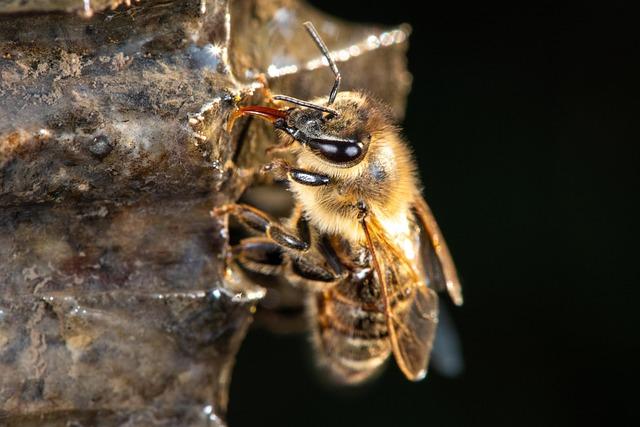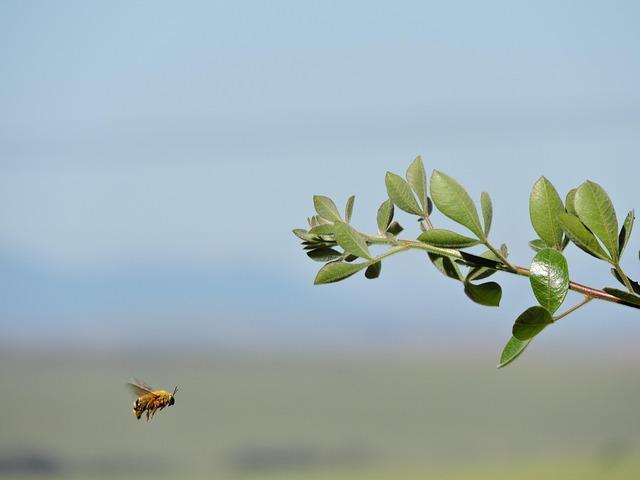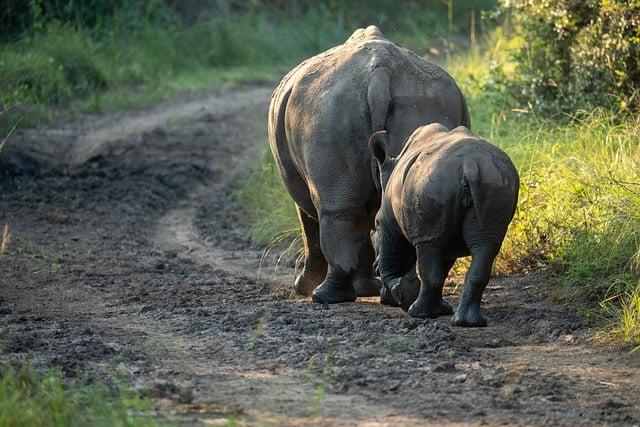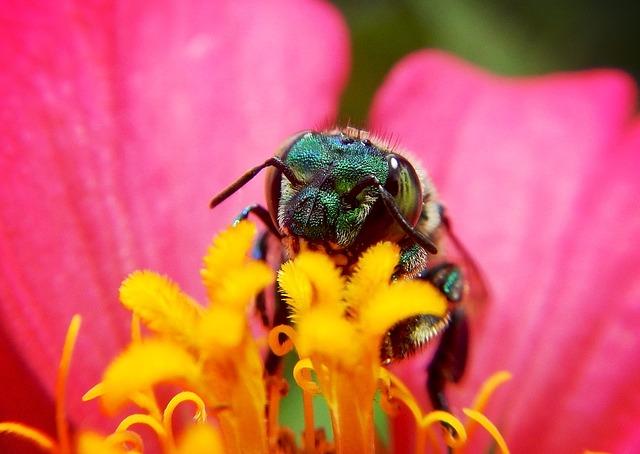- Introduction
- The Rising Extinction Threat
- Key Drivers of Decline
- Impacts on Ecosystems and Agriculture
- Conservation Efforts and Challenges
- Conclusion
- FAQs
- References
Introduction
Wild bees play a vital role in pollinating Europe’s crops and wild plants. However, these essential insects are under growing threat. According to recent studies, the extinction risk for wild bees in Europe has more than doubled in the past decade. This alarming trend has raised significant concerns among scientists, farmers, and environmentalists.
In this article, we’ll explore the threats that are driving wild bees toward extinction, the evidence detailing their decline, and what that means for ecosystems and agriculture. We will also dive into the conservation measures already in place and discuss their effectiveness. To conclude, we’ll answer some common questions to better understand why this issue matters and how it affects all of us.
The Rising Extinction Threat
Over the past decade, researchers have noted a sharp increase in the risk of extinction facing wild bee species across Europe. According to the International Union for Conservation of Nature (IUCN), the number of threatened bee species has grown markedly. In 2014, around 9% of European bee species were classified as threatened. As of 2024, updated assessments suggest that this figure is now exceeding 20%.
The reasons for this increase vary but are all rooted in human activity. The growing use of pesticides, changes in land use, and climate change have combined to create an inhospitable environment for many bee species. Furthermore, habitat loss due to urban development and intensive agriculture has left bees with fewer places to nest and forage.
What has particularly alarmed scientists is how quickly the figures have shifted. This rapid decline indicates not just a slow drift toward endangerment, but an accelerating pattern that could lead to irreversible loss if not addressed promptly. Environmental monitoring and long-term conservation planning are now more urgent than ever.
Key Drivers of Decline

(Image: Pixabay/@xiSerge)
One of the primary causes of wild bee decline is agricultural intensification. Over the years, the expansion of large-scale monoculture farming has led to the removal of flowering plants, which are critical for bees. The use of synthetic fertilizers and herbicides further depletes the variety and abundance of native flora, leaving bee populations struggling to find food.
Pesticides, particularly neonicotinoids, pose another grave danger. These chemicals impair bees’ navigation and foraging abilities, often leading to colony collapse. While some types of neonicotinoids have been banned in the EU, other chemical treatments remain in use and can still harm bee populations through sub-lethal exposure.
Climate change introduces additional stress to wild bees. Rising temperatures and seasonal shifts can confuse bees' natural cycling, often desynchronizing their emergence from hibernation with the blooming of flowering plants. Also, extreme weather events like heatwaves and flooding negatively impact their ability to nest and reproduce.
Impacts on Ecosystems and Agriculture

(Image: Pixabay/@942939)
Bees are essential pollinators, not only for wild plants but also for many crops that humans rely on. Their disappearance would shake the foundations of food production. Currently, over 75% of global crops benefit from pollination, and wild bees account for a significant portion of those services in Europe.
The decline of bee species affects ecosystems by disrupting the mutualistic relationships between plants and pollinators. When certain pollinators disappear, the plants that depend on them for reproduction can also falter, leading to cascading effects in biodiversity.
For agriculture, the loss of pollinators means reduced crop yields and increased reliance on managed pollination services like honeybee hives. However, domesticated honeybees cannot replace all the functions of wild bees, which often specialize in particular plants and pollinate more efficiently in some cases. Thus, their extinction could lead to declining quality and quantity of fruits, vegetables, and nuts, ultimately impacting food prices and availability.
Conservation Efforts and Challenges

(Image: Pixabay/@SasReu)
European Union member states have begun to recognize the crisis and are implementing conservation strategies. The EU Pollinators Initiative, launched by the European Commission in 2018, aims to monitor and reverse pollinator decline. This initiative promotes sustainable farming practices, pesticide regulation, and better habitat conservation.
Additionally, many biodiversity-focused NGOs are pushing for more bee-friendly policies. They advocate for pollinator corridors, reduced pesticide use, and increased awareness among farmers and landowners. Urban beekeeping and wildflower planting have also become popular grassroots methods of helping bees.
Despite these efforts, significant challenges remain. Enforcement of pesticide regulations varies across countries, and large-scale agricultural interests often clash with environmental goals. Furthermore, there’s a need for more comprehensive long-term data and funding to support scientific research and policy-making that protect Europe's 2,000+ wild bee species.
Conclusion
The rise in extinction risks for wild bees is not just a concerning statistic—it is a pressing ecological and agricultural emergency. As these silent workers vanish, our food systems and natural landscapes could undergo dramatic transitions. It’s clear that protecting wild bees is not only a matter of biodiversity—it is essential for human survival.
While there are efforts underway to mitigate this crisis, time is of the essence. Multilateral cooperation, robust environmental policies, and public engagement remain key to reversing the tide. Everyone—from policymakers to gardeners—has a role to play in saving Europe’s wild bees from the brink.
FAQs
Why are wild bees more at risk than honeybees?
Unlike managed honeybees, most wild bees live solitary lives and do not benefit from human care or supplemental feeding. This makes them more vulnerable to environmental changes, pesticides, and habitat loss.
What specific crops depend on wild bee pollination?
Crops like apples, strawberries, almonds, and raspberries benefit significantly from wild bee pollination. Wild bees are often more efficient at pollinating specific crops than honeybees.
Can planting flowers in my garden really make a difference?
Yes, even small urban gardens can provide essential food and habitat for wild bees. Choosing native flowers and avoiding pesticides can significantly help local bee populations thrive.
Are there any EU policies protecting wild bees?
Yes, the EU Pollinators Initiative and Common Agricultural Policy include actions targeting the conservation of bees through habitat restoration and pesticide restrictions. However, the effectiveness of these policies depends on implementation at the national level.
What can farmers do to help wild bees?
Farmers can adopt bee-friendly practices such as maintaining flower margins, reducing pesticide use, planting cover crops, and offering nesting areas for ground-dwelling bees.

